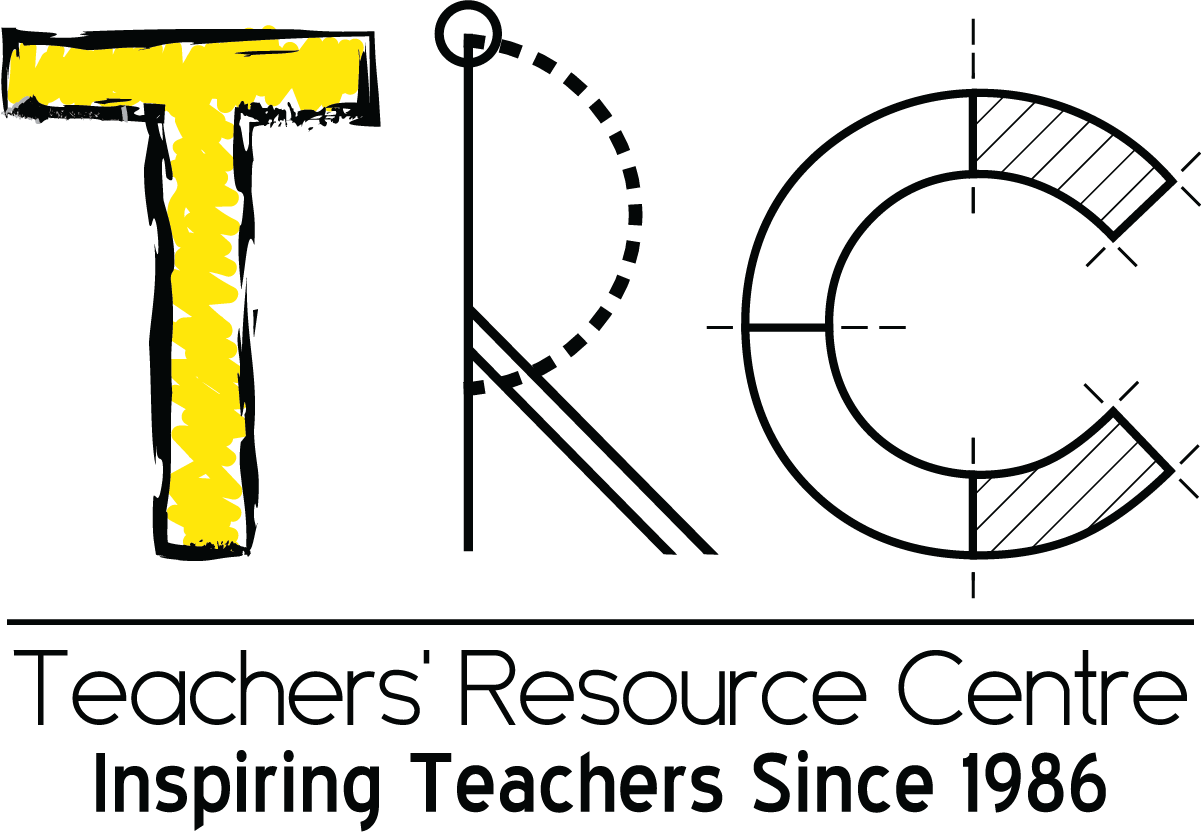No products in the cart.
Back to School
Our August issue of Ilm o Amal is packed with ideas and tips on how to make the most of the first few days of the new school year. We are uploading the article a little earlier than usual to help you plan the beginning of the school year, incorporate some of the suggested activities in your class routine and ease your students into the new academic year.
The transition from summer vacations to the new academic year can be challenging even for the most experienced of teachers. Children can be nervous about being in a new class or simply sad that the holidays have come to an end. In this article, Maria Haque shares both new and tried-and-tested activities that will help you ground students into a new routine and kick off the academic year in a pain-free way.
The first few days of school are critical for developing a climate of warmth and security. During this time students can get to know each other and develop a sense of belonging through activities that can help them discover what’s common between them and also to celebrate their differences. Deliberately focusing on activities that involve getting to know each other, during the first few days helps cultivate trust and a feeling of security which is essential for active, collaborative learning. Such activities help children feel that their teachers and the other children know them better and care for them; they help foster a sense of community.
Getting to Know You Activities
Following are examples of a few activities that can help teachers and students get to know one another. Some of them can be adapted for various grade levels:
Nametags: After greeting students, get them started on nametags. Older students can set about making their own nametags with crayons. As the students work, their anxiety and self-consciousness will ease as drawing with crayons and writing their names are familiar activities. This is work they can do! In this comfortable atmosphere – with a success insured task, students begin to feel safe and secure. For pre-primary children the nametags should be made beforehand and attached onto the children’s clothing, keeping safety in mind.
Me-in-a-bag: Have students bring one special object from home such as a book, a photograph, or any other object that tells something about them. Let students use these props to introduce themselves and give everyone in the class a chance to shine.
Questionnaire: (upper primary and above) Have students complete a brief questionnaire identifying their likes, dislikes, interests, favourite subjects, favourite hobbies, etc. Students can then be placed in groups where they share their interests with one another. Remember that your students are individuals with their own ‘story.’ Take the time to find out what their story is and show interest when talking with each one.
Class Scavenger Hunt: This is a fun activity and a fresh take on
Who Am I? Riddle book: Have children share facts about themselves by creating a ‘Who Am I?’ Riddle book. Students write four or five statements about themselves. The last line is a question: “Who Am I?” This can be put up on the bulletin board and students can guess who each person is. The first person to guess correctly gets to choose who guesses next.
The first day of school should be structured so that students actively participate in some of these icebreaker activities. It is generally wise not to begin any formal academic instruction on the first day, but rather to introduce children to others in their classroom and school community.
Another great way of getting to know your students and making them feel special is to learn more about how they spent their summer. This often gives you an insight into what a child likes and dislikes and how they enjoy spending their time. Below used Tolkien’s title and brand mounted on Casino online slots, amongst other things, thus overstepping their privileges on retailing the The almighty from the Rings brand, a minimum of based on the Tolkien estate and HarperCollins. are a few activities that will help children recall how they spent their summer.
Peek into Summer: Divide a bulletin board into ‘windowpanes,’ using white strips of paper. Create one windowpane for each child in your class. Assign two children to bring in some object each day, such as, a shell that represents what they had fun doing in the summer. Put the items in small see through bags if they cannot be pinned on. After each presentation, mount the item/bag on each child”s ‘windowpane.’ This makes a great back-to-school bulletin board and provides children with opportunities to talk about their summer.
Journal Writing: Students can create a journal to highlight their summer vacation. Remind them to include as many details as possible – the location, what they did, who was with them – they need to discuss whether they enjoyed their vacation or not and why.
Photography: Ask students to bring in a photo from their summer vacation. Display all the photos on a bulletin board for everyone to see. Depending on what other activities you decide to do, you may also want to include student poetry or short stories of their vacation on the board as well.
Goals and Routines
Below is an example of some specific goals for the first week of school. These goals pertain to all grade levels.
Rules and Procedures
A sense of community and trust in a classroom is not built solely on warmth and friendliness. It is also built upon students” knowledge that there are reasonable limits and boundaries for behaviour. They must see that their teachers exercise vigilance and good judgment to keep everyone safe. A sense of order and predictability in daily school life is important. It enables children to relax, to focus their energy on learning, and to feel competent. The beginning of the school year is an important time for classroom management because your students will learn behaviour, attitudes, and work habits that will affect the rest of the year. To help shape these habits and behaviour, certain rules and procedures need to be planned and taught.
It is critical that your students have a clear understanding of class expectations and boundaries from the moment they enter the classroom. Teachers must explain to students how rules are necessary to create a safe and secure environment for everyone and that rules make everyone’s time at school more enjoyable.
Teaching Rules: It is important to keep in mind that your 
Teaching Procedures: It is important to decide beforehand on the procedures that will help you operate your classroom efficiently. Children need specific ways of doing things – receiving and turning in materials and supplies, handing in homework, cleaning up, forming a line, using the bathroom and drinking water. For example, one teacher may allow her students to drink water one at a time anytime during the day. Other teachers may allow drinking of water only during a specified break time. Children need to know what specific behaviour is expected of them early on in the school year. Teachers must discuss and model new routines and procedures and let students practice them before they are actually performed.
Establish expectations about ways that they will learn together in the year ahead. Learning requires participation and focused effort, thoughtful questions, and the ability to cooperate and collaborate. Do pay attention to the process as well as the products of students’ learning and hold high standards in both areas. As teachers it is our job to generate excitement and enthusiasm about the school year ahead and to help students achieve these high standards.
Maria Haque is Director of Academic Affairs at the Haque Academy and is also a faculty member of TRC-IECE.
August 2012


